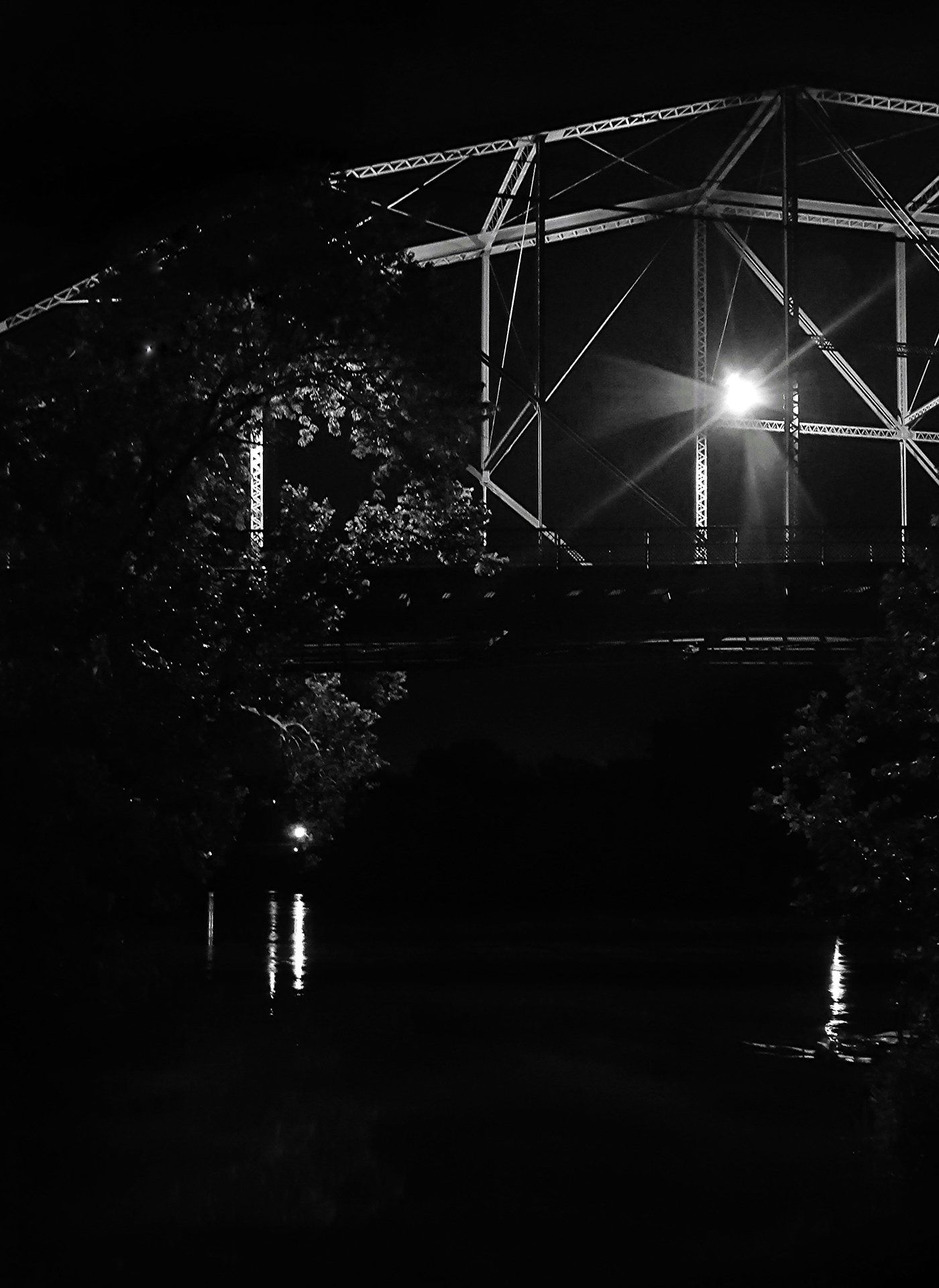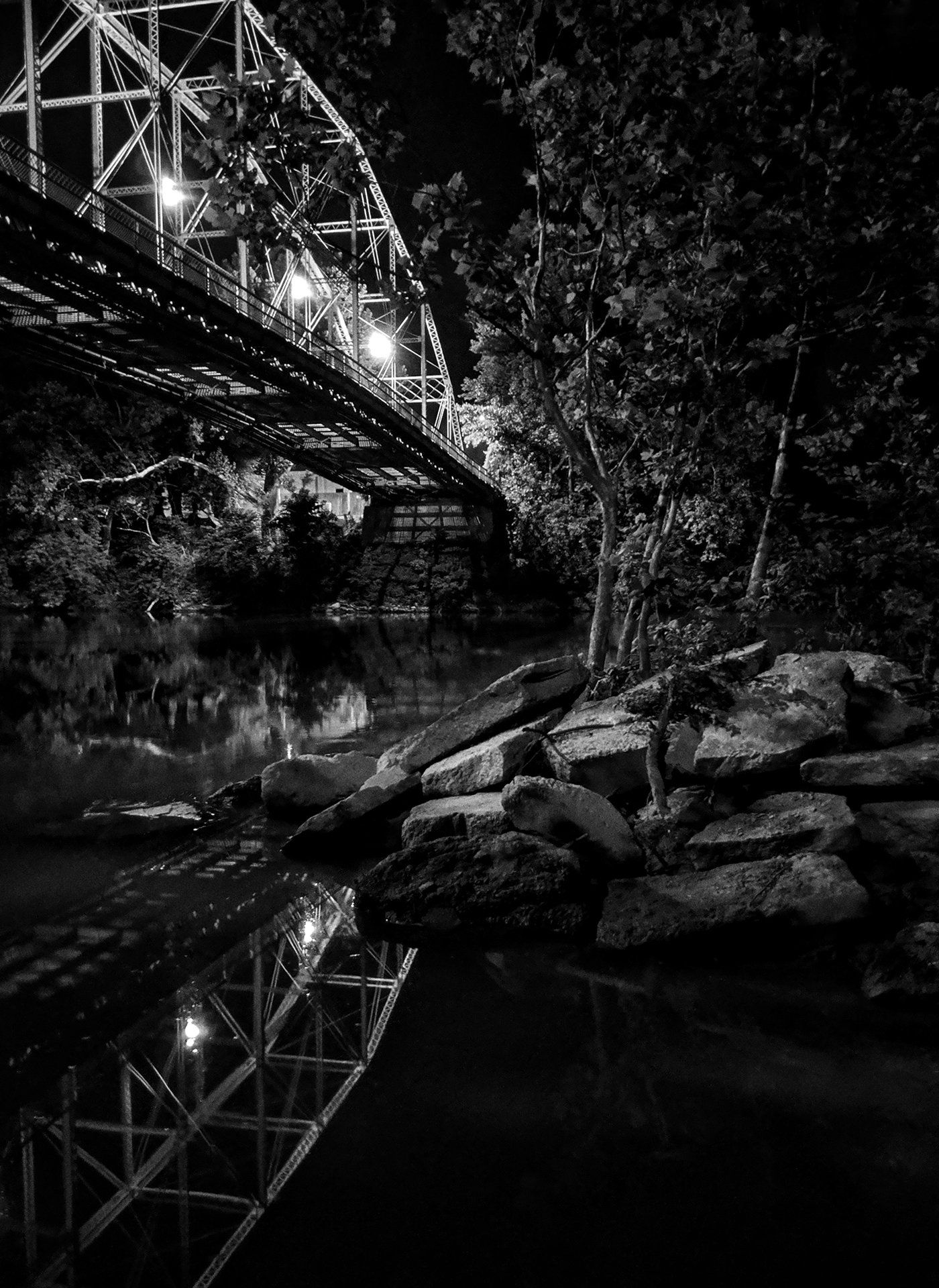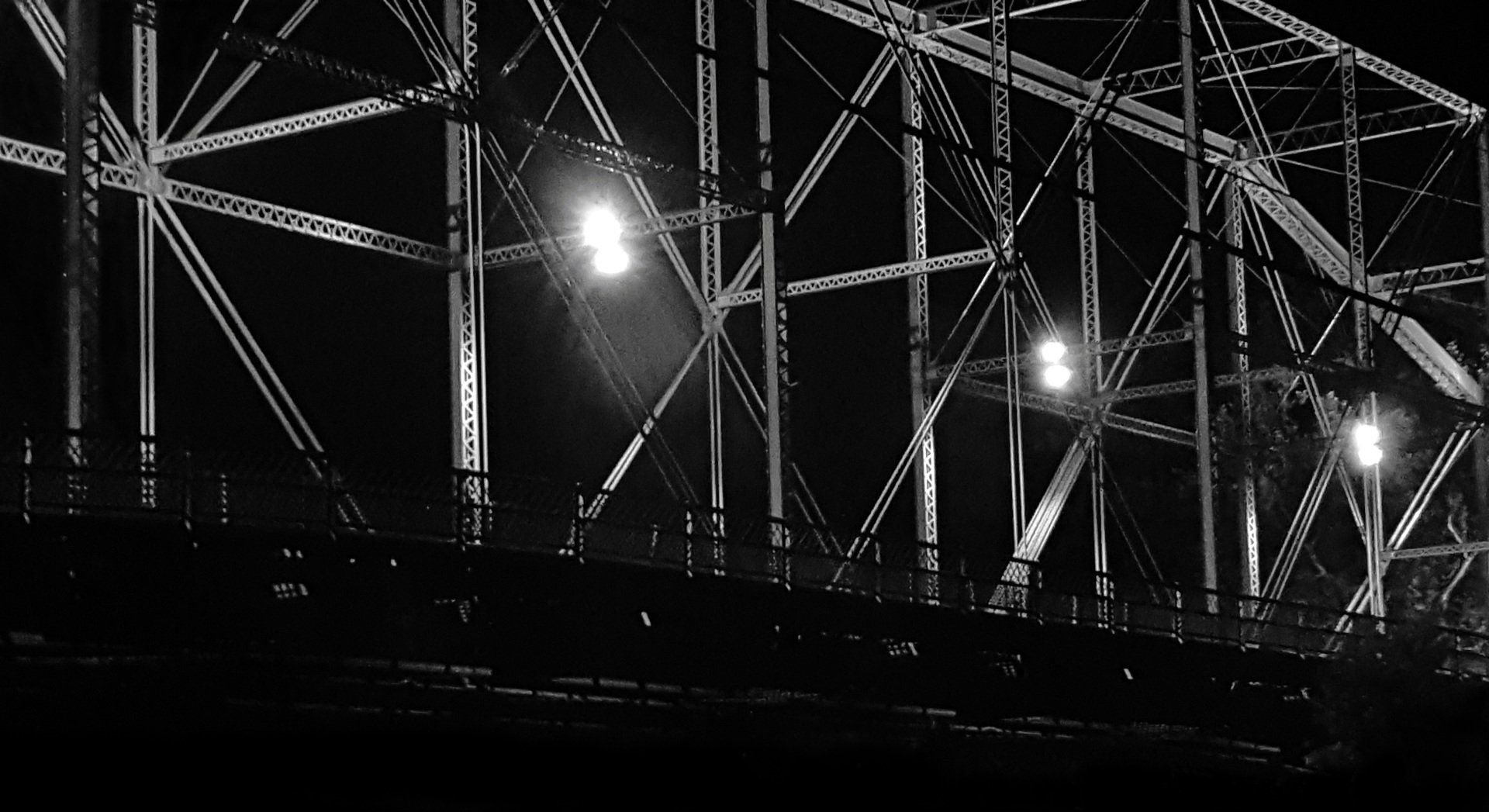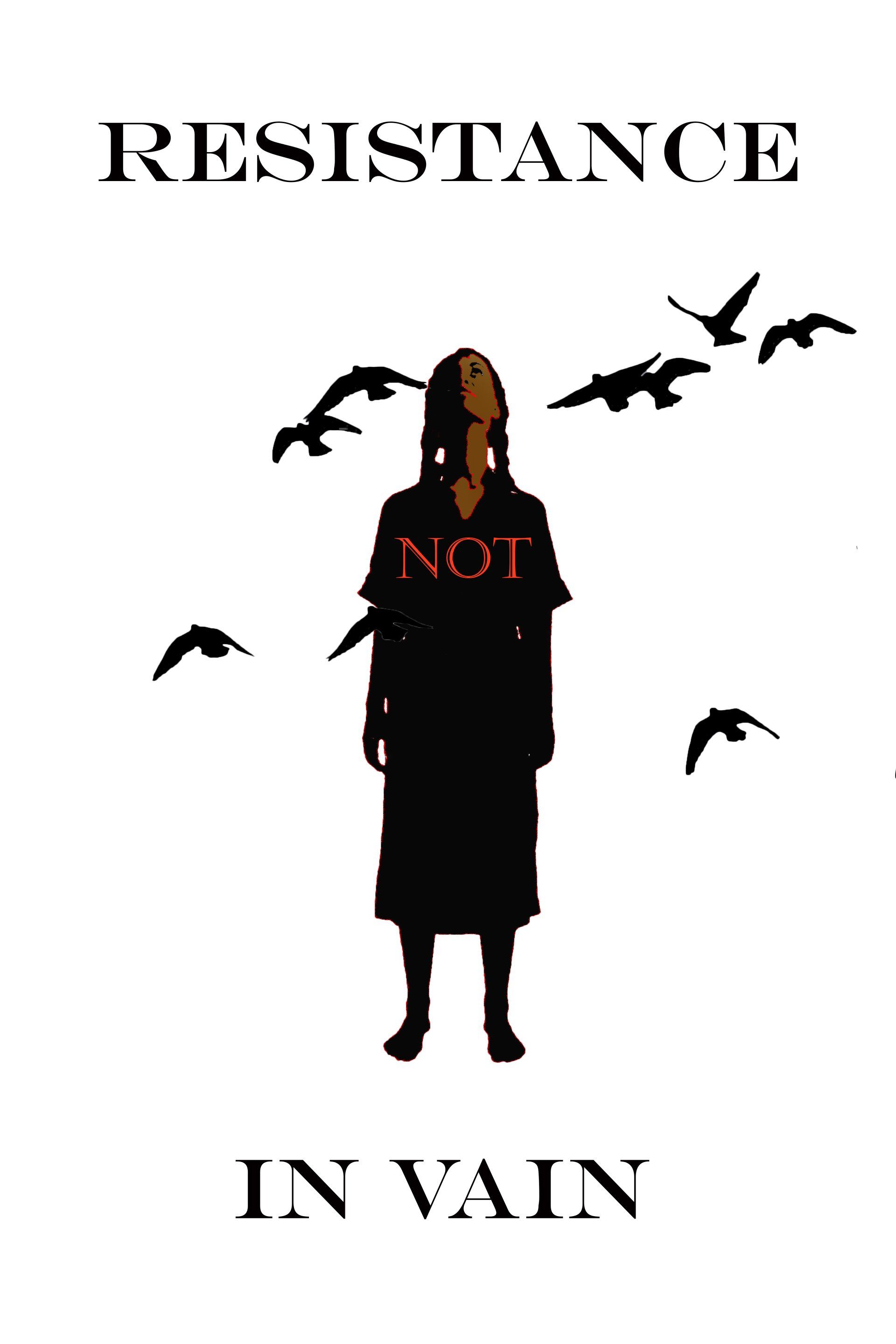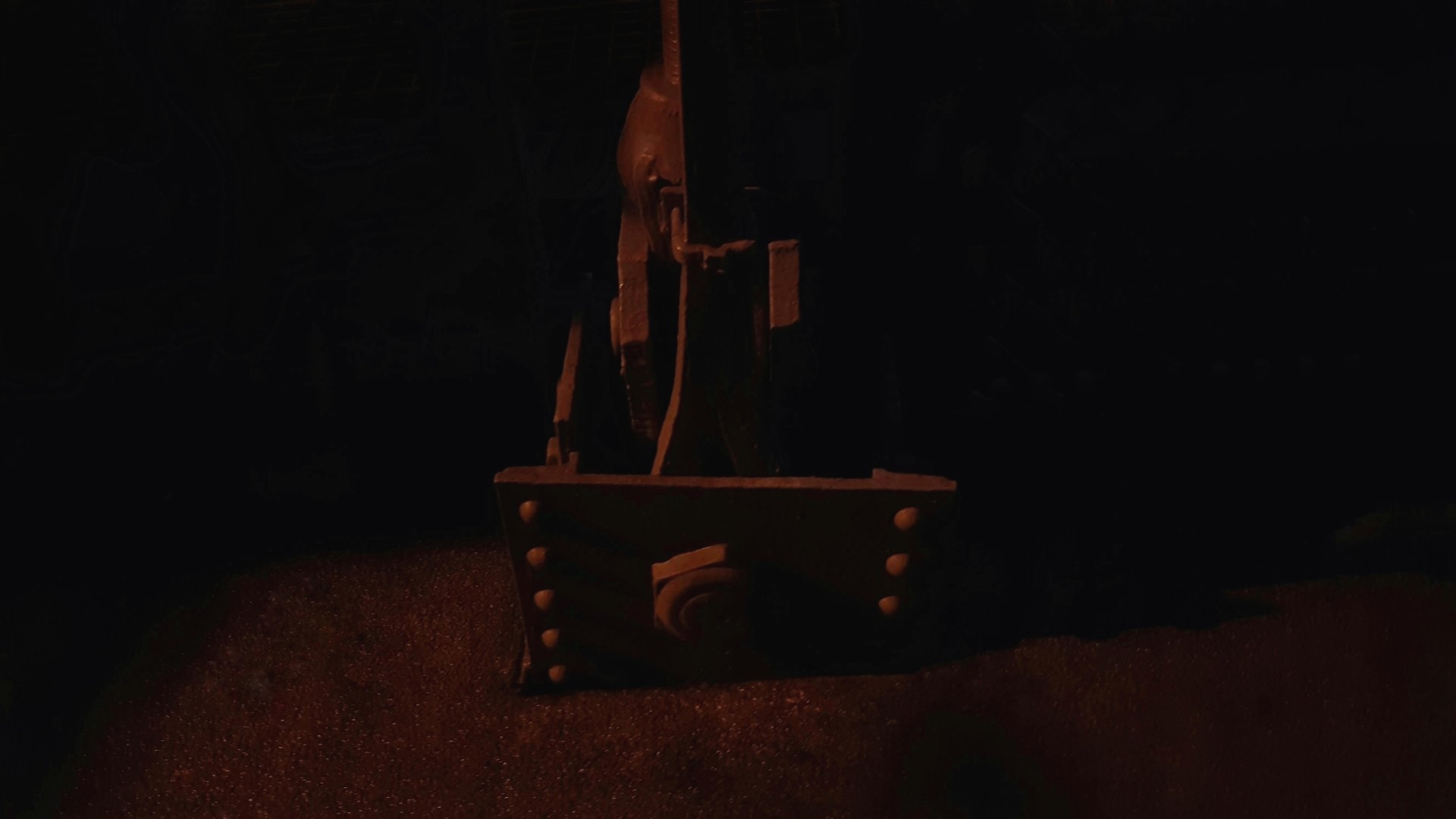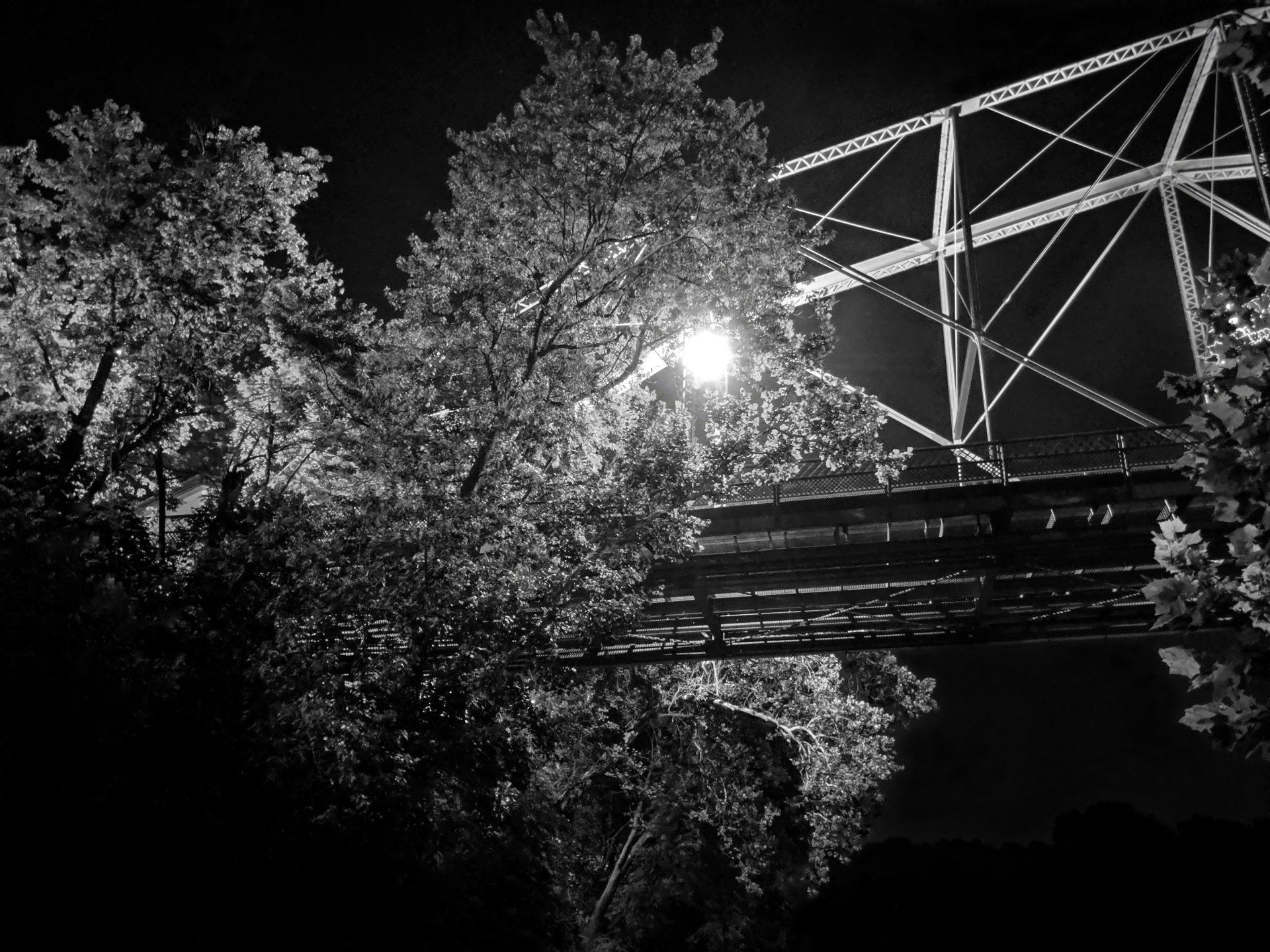My interpretation of the guitar part is meant to sound like a train, a reference to the Underground Railroad. Right after I finished writing the song, as a friend and I were discussing the etymology of a word, the conversation led him to ask me to Google “south sea islands slavery”. It came as a shock to both of us to see the first article shown was titled “Blackbirding”. The term refers to the practice of Europeans tricking or kidnapping people into slavery. I am not sure if the Beatles song “Blackbird” which was about the Civil Rights Movement, is referring to this historical practice, but either way I was stunned to discover this fact, and for me it’s made the concept of the song that much more powerful and relevant.
Here are the lyrics, and below each verse is a brief explanation so that you can understand my thinking, and therefore the song, better.
Gonna build me a log cabin
On that mountain so high
So I can see trouble
When it comes nigh
This has to do with African Americans having to constantly be on the lookout, and white abolitionists as well. John Rankin and his wife had a house on a hill by the Ohio River which they used to hide runaway slaves as they kept a lookout for white people coming to capture them.
Well the blackbird she’s a stealthy bird
So quietly she cries
But she sings her songs of freedom
And she never tells us lies
Slaves on the Underground Railroad had to travel very quietly obviously, and they were in constant fear and often physical pain, but they had to cry silently. Harriet Tubman sometimes used bird songs to communicate during the journey so as not to be discovered by pro-slavery whites. These songs, along with songs like “Follow the Drinkin’ Gourd”, were a guiding truth that led to freedom. Also, this refers to how African Americans often still have to hide their pain and advocate for themselves despite having contributed so much to this nation. Much of American culture, especially music, is built on African and African American traditions and arts - freedom songs, gospel, blues, jazz, rock and roll, ragtime, R&B, hip-hop, rap, and even Appalachian music...much of which has had to do with freedom and oppression. During the Cold War, US jazz musicians were sent around the world to sway nations and their citizens toward democracy and away from communism and to convince them that the "race problem" in the US was not as much of a problem as communists were claiming. The Black musicians, including Louis Armstrong, met, mingled with, and wooed presidents, ambassadors, prime ministers, and generals while knowing that back home in the US their families were not safe or fully free. This program under the US State Dept. was a huge success, and therefore a significant contribution to America's success.
Queen of cotton, oh king of cotton
I know you from old
How you robbed her sacred body
And their children you stole
This is about the rape of Black women by white men and at the demand of white women, the commodification of Black bodies via buying and selling, as well as the forced creation of and breaking apart of enslaved families.
Gonna head for that log cabin
On that mountain-top so high
So I can see Sojourner
As she rolls by
This is a reference to MLK's speech in which he said, "I've been to the mountaintop...I've seen the Promised Land", and a reference to Sojourner Truth, symbolizing the truth she spread as she traveled around the US - I imagine that she traveled on a train. Also, Lincoln was sent on a train across the country after he died and people came out to honor him as the train rolled by. This verse is a way of acknowledging that there have been so many African Americans that contributed as much to our democracy - they just didn't have access to positions of power like the presidency. Going to the log cabin to look for Sojourner represents intentional seeking out of Black voices and wisdom and stories.
Said the oppressed to the oppressor
This story’s gettin’ old
How you rob my people’s kingdom
Of our silver and our gold
This is talking about the wealth that has been stolen from the African diaspora - economic, but also psychologically and culturally - especially in the Americas as a result of slavery. It’s also a reference to exploitation of Africa for resources such as precious metals by many nations.
Ida Bell, oh Ida Bell
Go ahead and raise some hell
With your printin’ press and your marchin’ feet
Front of the line, march on down that street
Ida B. Wells was born a slave and became a fierce anti-lynching advocate. She owned a newspaper and was a feminist as well. White women expected her to stay at the back of the line when they marched in protest, but she went to the front of the line. Fierce.
There’s a broken down old singin’ bridge
But truth be known it was a swingin’ bridge
Down by the school playground that soil you see
Once held the roots of a hangin’ tree
This is a direct reference to Frankfort's lynching history. It’s also about the way Black people often view shared community spaces differently than white people. The project that FORR is working on in collaboration with the Equal Justice Initiative is about Franklin county’s history of lynching. At least two men were lynched from our Singing Bridge, also known as the Swinging Bridge by many in the Black community for this reason, and there used to be a hanging tree in or near what is now a school playground.
Well the blackbird, he so calmly perched
As he looked me in the eye
And he asked me, “What to the slave
Is the fourth day of July?”
Frederick Douglass asked this question, and it is still relevant today insofar as too many white people don't understand the legacy of slavery and how it plays out in our democracy as well as in the lives of individuals and families and communities. This verse also gets to one of the main points of the song - which is that our democracy as envisioned in the Declaration of Independence, the Constitution, and the Bill of Rights cannot be fully realized until we fully acknowledge and honor the legacy of slavery and the people it still affects today, and make necessary changes so that our democracy works for everyone. Writing this verse I pictured myself in 2019 looking Frederick Douglass in the eye as he asked me that question from 1852. It’s a glance across time, and a challenge to fight harder for liberty and justice for all.


